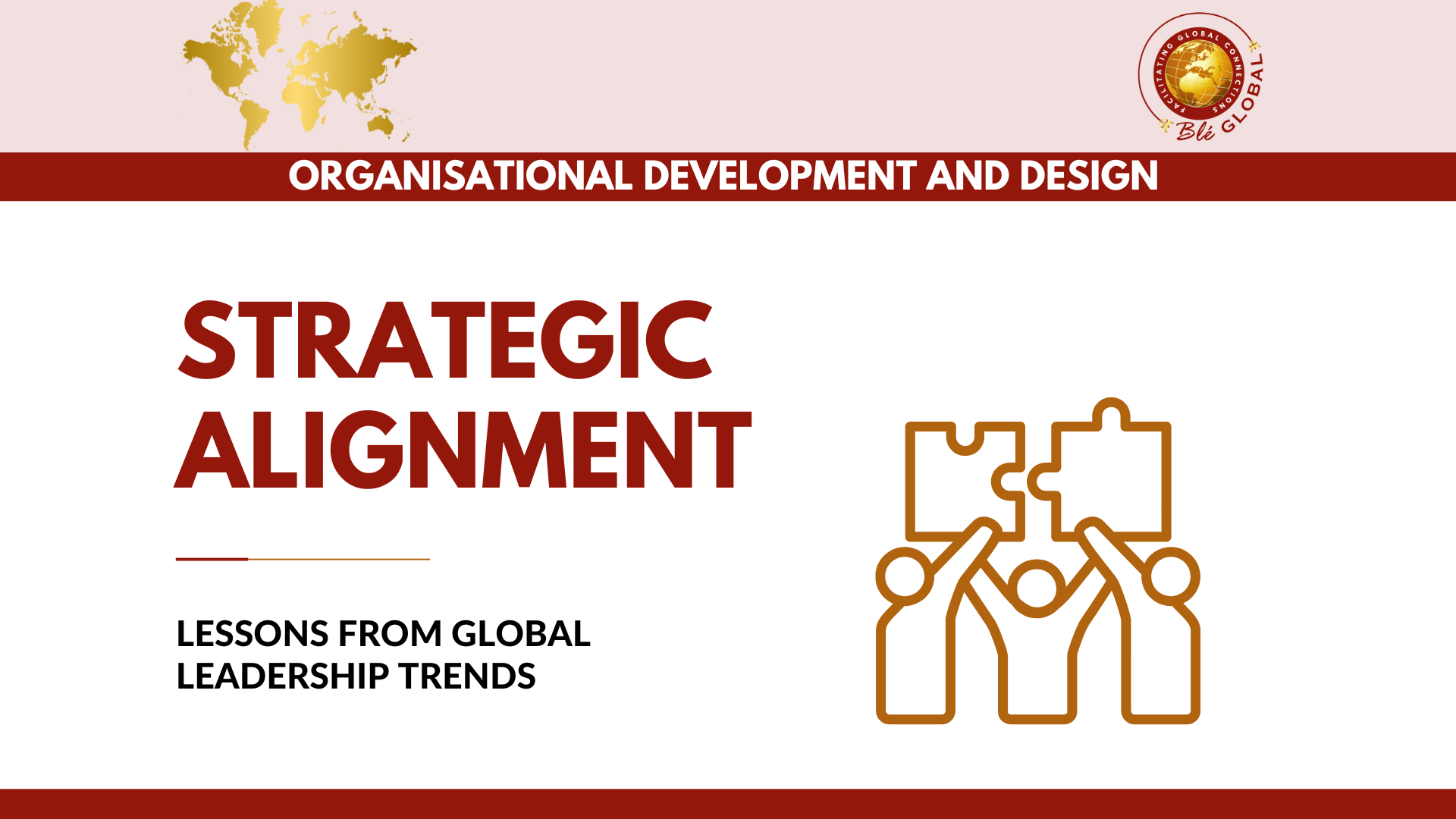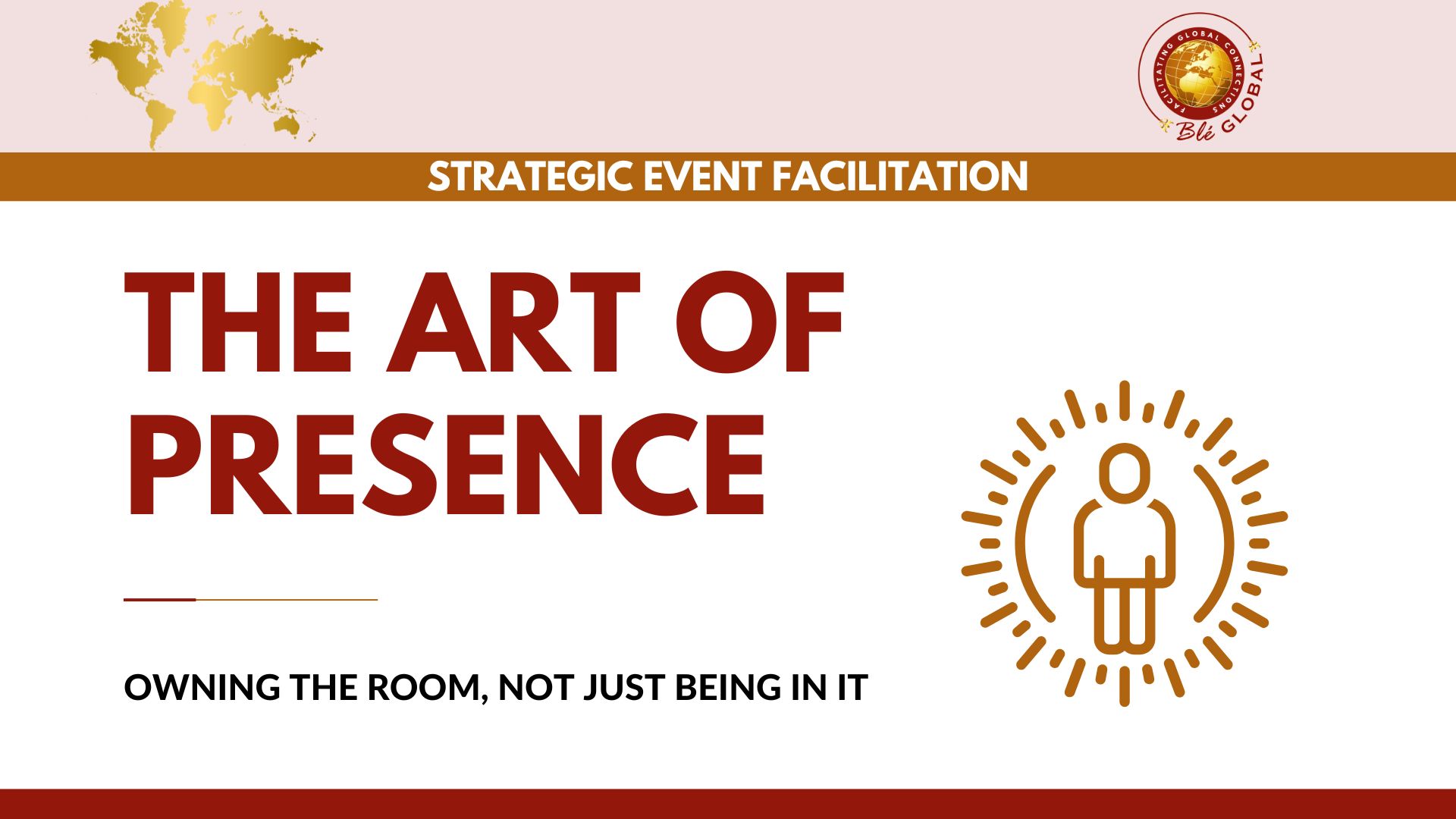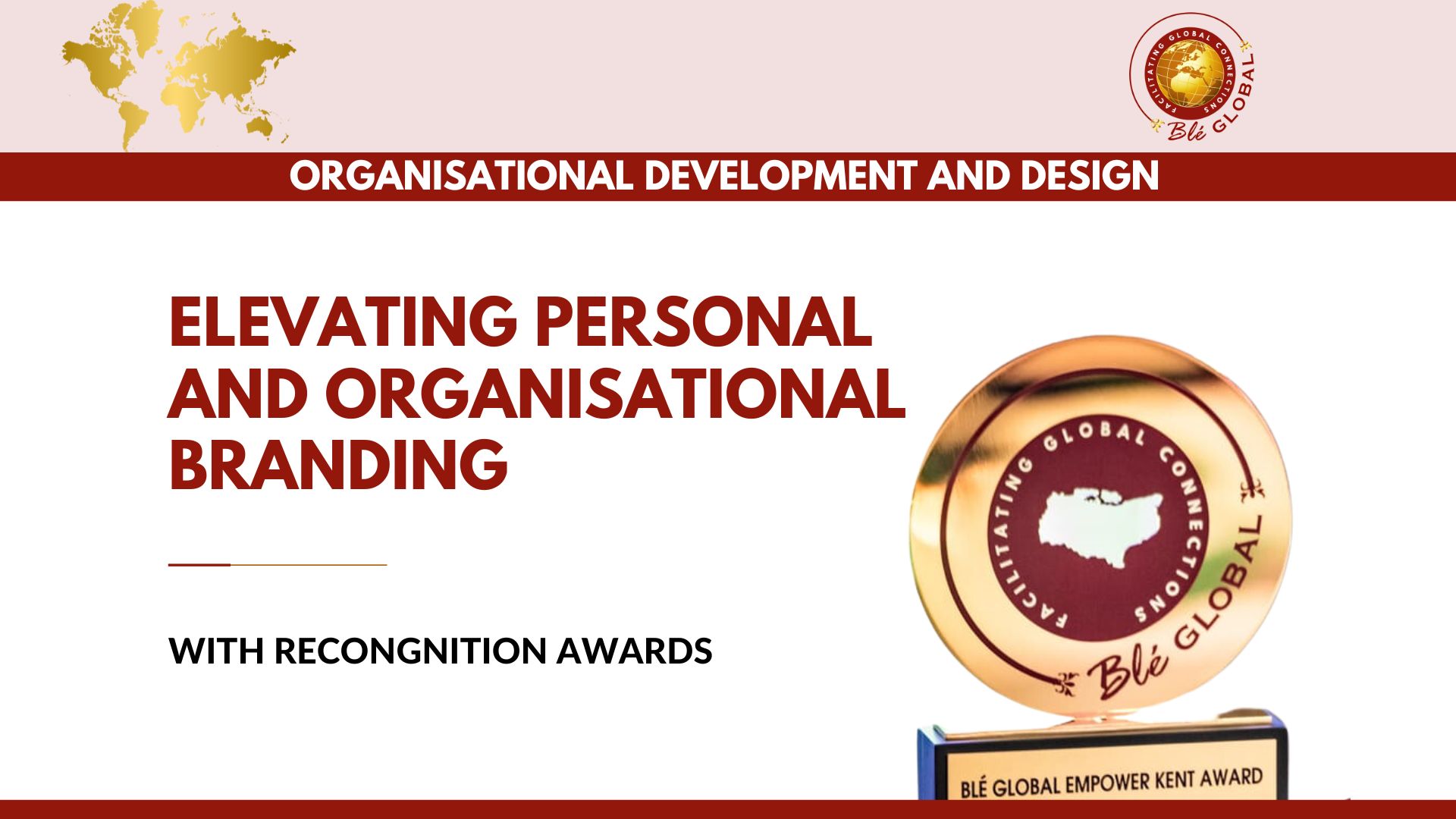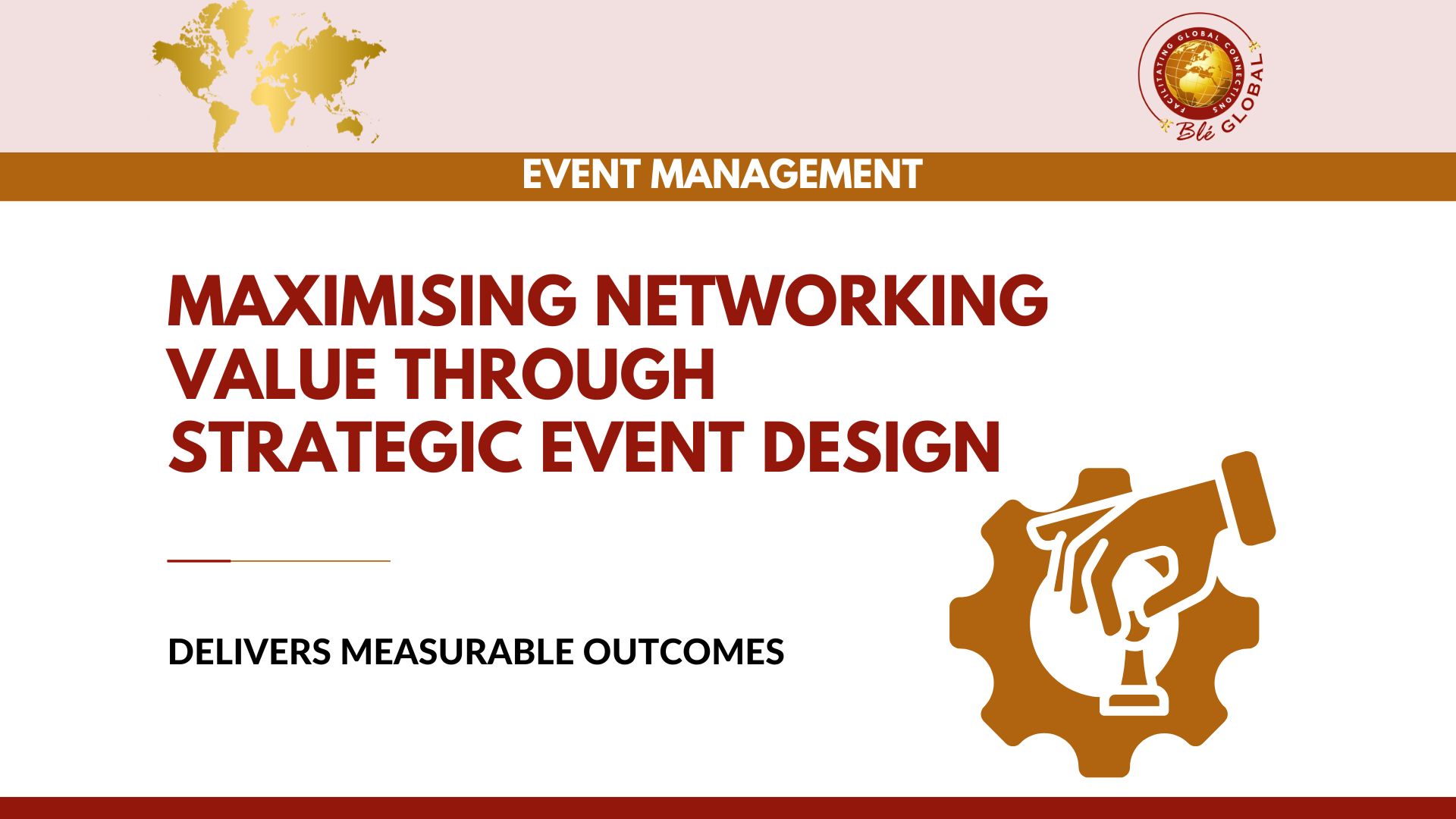Leadership should not be about reacting to change; it’s about designing for it. But how many organisations are truly structured for success?
The pace of change in the business world is relentless. Economic shifts, technological advancements and evolving workforce expectations are reshaping industries faster than ever before. Leaders are being challenged to adapt, but adaptation alone isn’t enough. True success comes from alignment; ensuring that people, processes and strategy are moving in unison toward a common goal.
Despite ambitious strategies and well; crafted visions, many leaders struggle with execution. The gap between strategy and day to day operations often widens because leadership teams aren’t structured for alignment. The result – disjointed decision-making, disengaged employees and missed opportunities for growth.
The Challenge: What Leaders Are Facing
A lack of strategic alignment is a silent disruptor in many organisations. It doesn’t announce itself loudly, but its impact is felt across every level of the business.
- Decisions are made in silos, creating a disconnect between leadership, teams and operational execution.
- Culture gaps widen, leading to disengagement, miscommunication and resistance to change.
- Bottlenecks slow decision-making, making it harder for organisations to remain agile in an unpredictable market.
According to recent research, 47% of workers believe some projects fail to meet objectives due to alignment issues and 46% express frustration as a result of misalignment.
For leaders, the question isn’t if alignment matters, it’s how to achieve it effectively.
The Solution: The role of OD&D
This is where Organisational Development & Design (OD&D) becomes a game-changer. It offers the structured frameworks needed to align leadership, strategy and culture, ensuring that every aspect of the organisation is working toward a shared vision.
When organisations integrate OD&D principles into their leadership approach, they:
- Align strategy with execution: ensuring teams are structured to deliver results efficiently.
- Create decision-making clarity: eliminating silos and streamlining leadership collaboration.
- Build a culture of agility: allowing teams to adapt to change while staying focused on long-term objectives.
The result – a leadership structure that fosters cohesion, resilience and sustainable success.
Alignment doesn’t just improve organisational performance; it creates an environment where employees feel connected to a larger purpose. Engaged employees contribute more, collaborate better and drive business success.
The role of Strategic Alignment in Action
A global financial services firm struggling with misalignment between its leadership and operational teams saw performance decline. Strategic decisions weren’t cascading effectively, leading to inefficiencies and disengagement.
After implementing an OD&D driven alignment strategy, restructuring leadership roles, clarifying decision-making pathways and reinforcing cultural values, the firm saw a 23% improvement in operational efficiency and a 17% boost in employee engagement within a year.
Alignment isn’t theoretical, it delivers measurable results.
Why Alignment Matters More Than Ever
As businesses are constantly evolving, strategic alignment is not a luxury, it’s a necessity. Organisations that prioritise alignment don’t just survive; they thrive. They move with clarity, purpose and efficiency, adapting to industry shifts without losing momentum.
Yet, alignment doesn’t happen by chance. It requires intentional design, structured leadership and a culture that supports agility.
This is where OD&D plays a critical role helping leaders bridge the gap between vision and execution, ensuring that strategies don’t remain abstract concepts but become real, measurable outcomes.
Where Does Your Organisation Stand?
Every organisation faces alignment challenges, but the most successful ones take proactive steps to address them.
- Is your leadership team structured to support alignment?
- Are your decision-making processes fostering clarity or creating bottlenecks?
- Does your culture support or hinder strategic execution?
If your organisation is experiencing misalignment; whether in leadership, decision-making, or culture, it’s time for a strategic recalibration.
Let’s identify where misalignment is slowing your organisation down and build a leadership structure that accelerates success. Let’s talk.
Strategic alignment is the foundation of sustained impact, not an abstract concept.




